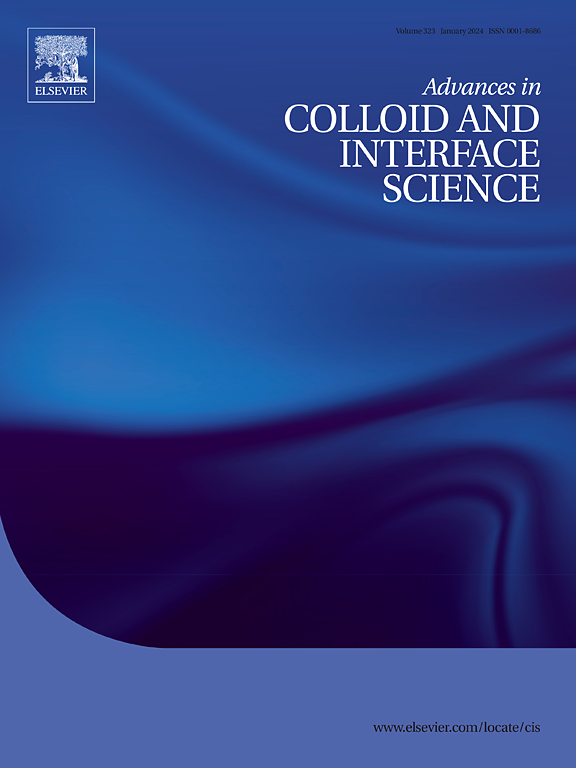Two-dimensional multilayer materials-enabled precise molecular sieving membranes for water purification
IF 19.3
1区 化学
Q1 CHEMISTRY, PHYSICAL
引用次数: 0
Abstract
The growth and urbanization of global population have intensified water resource challenges as well as increasing contamination. Membrane separation technology has effectively tackled issues such as drinking water purification, wastewater treatment, and seawater desalination. Recently, two-dimensional (2D) materials have emerged as promising candidates for enhancing the efficiency of water purification. These materials enable rapid advancements in traditional membrane technologies by leveraging their unique nanoscale properties and ease of surface modification, facilitating the creation of multifunctional membranes with superior performance. Extensive research has focused on 2D materials like graphene and similar substances for developing nanoporous and layered membranes. This review highlights significant progress in optimizing transport pathways by addressing defects, pores, and edges in nanosheets, as well as interactions within layers. The impact of intrinsic structural features on membrane functionality was examined. Specifically, this paper discussed the precise control of molecular sieving by various porous 2D multilayer materials, including graphene oxide (GO), MXene (Ti3C2Tx), transition metal disulfide compounds (TMDC), boron nitride (BN) and graphitized carbonitride (g-C3N4). The analysis covers membrane morphology, water purification mechanism and the development of transport routes. In addition, the application of stable films and emphasize their role in the commercialization of two-dimensional multilayer membranes were also discussed. This review emphasizes the revolutionary potential of two-dimensional materials in water purification, and outlines the key factors needed for the transition from research to commercial application.

用于水净化的二维多层材料精确分子筛膜
全球人口的增长和城市化加剧了水资源的挑战,同时也增加了污染。膜分离技术有效地解决了饮用水净化、废水处理、海水淡化等问题。最近,二维(2D)材料已成为提高水净化效率的有希望的候选者。这些材料利用其独特的纳米级特性和易于表面修饰,使传统膜技术快速发展,促进了具有优越性能的多功能膜的创造。广泛的研究集中在二维材料上,如石墨烯和类似的物质,用于开发纳米多孔膜和层状膜。这篇综述强调了通过解决纳米片中的缺陷、孔隙和边缘以及层内相互作用来优化传输途径的重大进展。研究了膜的内在结构特征对膜功能的影响。具体来说,本文讨论了各种多孔二维多层材料,包括氧化石墨烯(GO)、MXene (Ti3C2Tx)、过渡金属二硫化合物(TMDC)、氮化硼(BN)和石墨化碳氮(g-C3N4),对分子筛分的精确控制。分析了膜形态、水净化机理和运输路线的发展。此外,还讨论了稳定膜的应用,并强调了稳定膜在二维多层膜商业化中的作用。这篇综述强调了二维材料在水净化中的革命性潜力,并概述了从研究到商业应用过渡所需的关键因素。
本文章由计算机程序翻译,如有差异,请以英文原文为准。
求助全文
约1分钟内获得全文
求助全文
来源期刊
CiteScore
28.50
自引率
2.60%
发文量
175
审稿时长
31 days
期刊介绍:
"Advances in Colloid and Interface Science" is an international journal that focuses on experimental and theoretical developments in interfacial and colloidal phenomena. The journal covers a wide range of disciplines including biology, chemistry, physics, and technology.
The journal accepts review articles on any topic within the scope of colloid and interface science. These articles should provide an in-depth analysis of the subject matter, offering a critical review of the current state of the field. The author's informed opinion on the topic should also be included. The manuscript should compare and contrast ideas found in the reviewed literature and address the limitations of these ideas.
Typically, the articles published in this journal are written by recognized experts in the field.

 求助内容:
求助内容: 应助结果提醒方式:
应助结果提醒方式:


